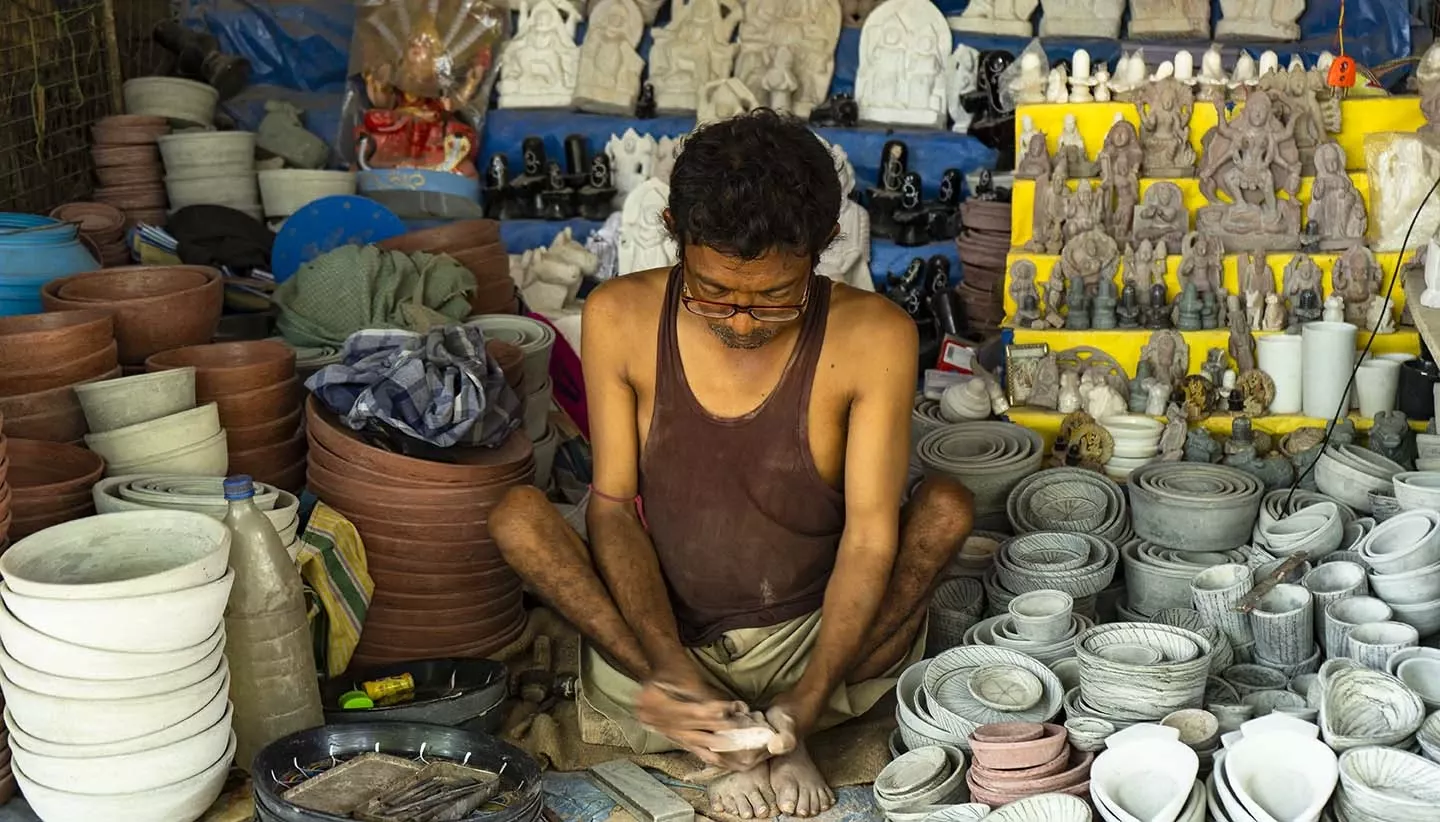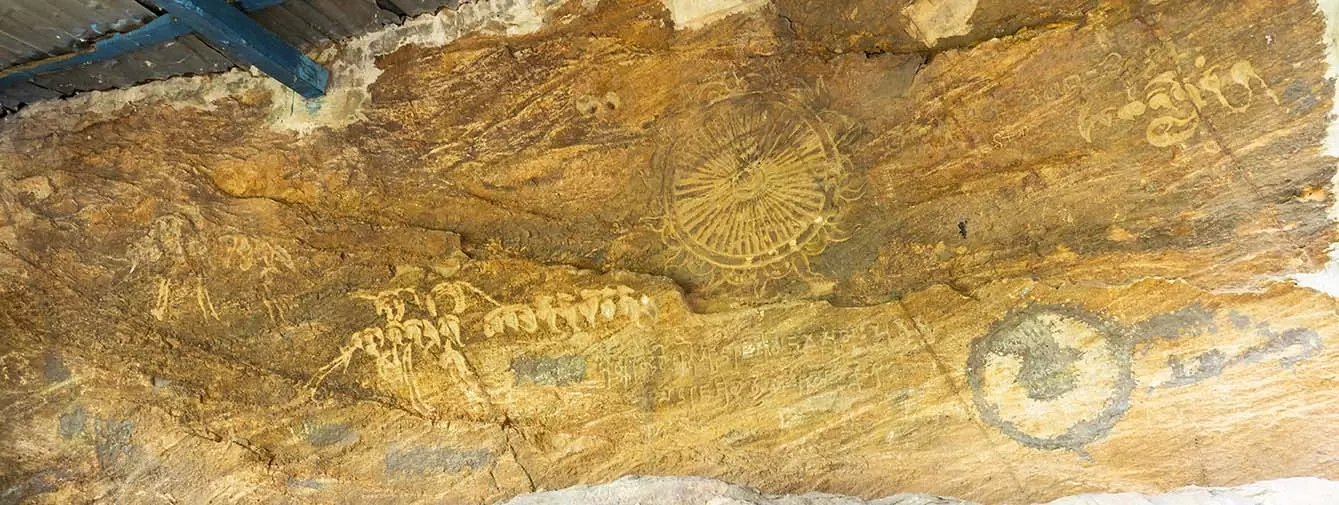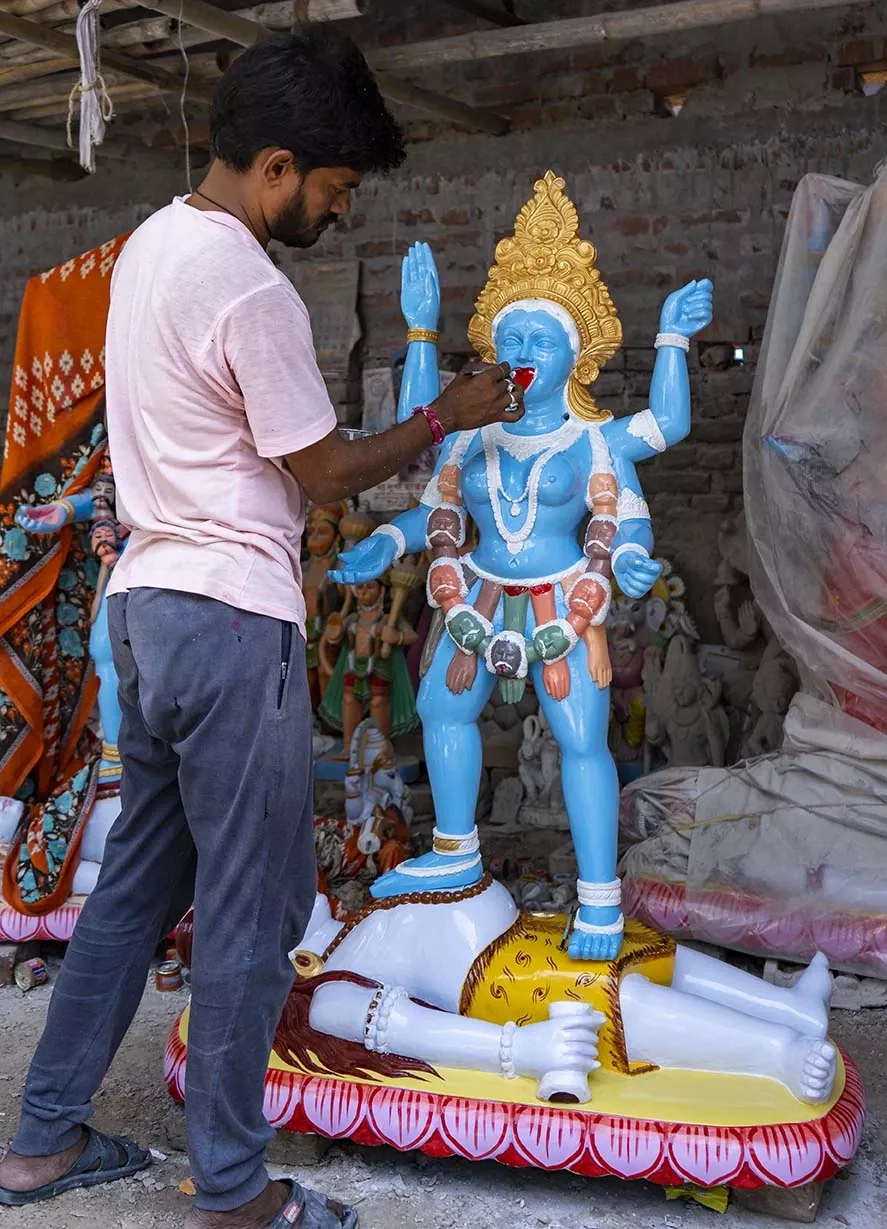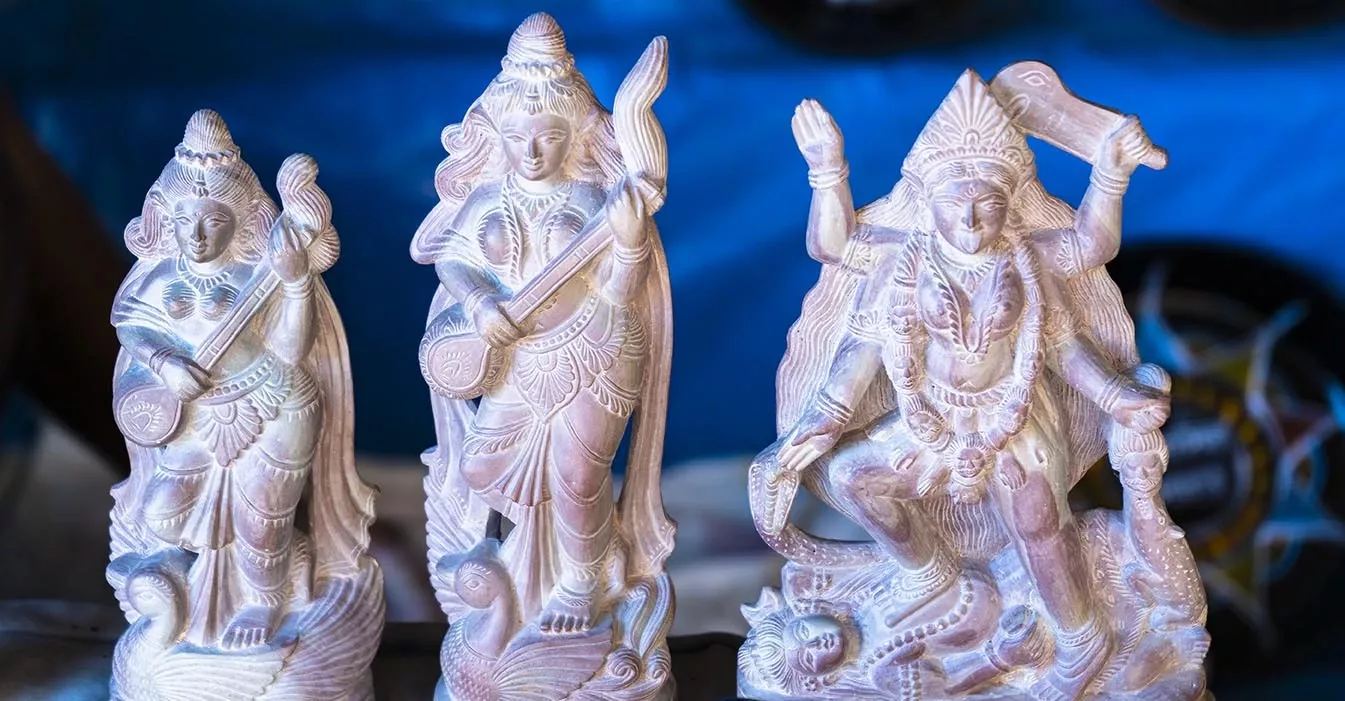STONE SCULPTURES OF SUSUNIA- JOURNEY OF AN ANCIENT STONE SCULPTURE CARVING CRAFT TO CONTEMPORARY ART
 Image Caption
Image Caption Inscription by king Chandravarman
Inscription by king Chandravarman 
Over the time, artisans of Susunia have started working on different stones with different textures from different parts of India and added a different artistry.
Which types of stones are used?
- Granular quartzite or sandstones from Susunia
- Marble from Rajasthan
- Limestone from Odisha and Andhra Pradesh
What is the lifespan of a sculpture or other stone crafts?
These stones are relatively soft and easy to shape with sharp metal tools, but these can last for hundreds of years or even more if you don’t break. These can be washed and polished.Who are some of the famous sculpture artists of ancient stone sculptures of Susunia?
Here is Susunia, carving of stone is like handwriting; every artisan has their own way of chiselling their imaginations. Naming some award winners would be very disparaging to those amazing artists who were never noticed by the so-called civil society.From a traveller’s view:
In this land of stones, life is even tougher than stones, but people are more rhythmic than waterfall, more adumbral than forest. We were in a place where people express their emotion by carving stones; it’s an amazing experience being with them, watching them work, listening to their stories, sharing cups of tea with them. We are concerned about their current situation as the state administration is stopping them from collecting stones from the hill which pushes the art, the artists and a history to their end. We argue for people to raise their voice for the sake of an art and a society of artists.



